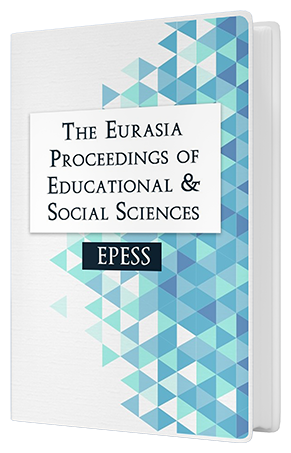SIMULATION MODELS IN THE PROCESS OF DESIGNER'S EDUCATION
Keywords:
Simulation models, virtual model, three-dimensional design, running simulationAbstract
The clothing industry is quickly becoming a high-tech industry due to rapid advances in technology which contribute to high quality design, cutting, stitching and finishing techniques. Furthermore, a designer today has to improve professional capability according to industry’s requirements. The word ‘designer’ is a broad description covering many different functions. A designer in a large company may specialize in a particular area and be part of a team, whilst in a very small company a designer may have to perform all the above tasks. In both cases they could be handled by using computer aided design systems at each stage of the design process. Most of the stages are already presented by specific pattern design systems: and design process in them could be provided in two-dimensional or in three-dimensional space. A student is a future professional and his capability has to be considered accordingly to the future state of the science and technology. That is why, pattern design systems and virtual three-dimensional models of the garments must be used as designer's tool in educational process and they must be presented in all studied courses, though some stages of apparel design are not formalized yet. However, visual aids and handout materials are common useful facilities in professional education, and even if manufacturing does not use such simulation models they might be useful for the students. Our work is devoted to review of different virtual models of garments and their particular parts, as well as simulation models of the design process in sewing industry. Those models were developed by authors and are recommended for use as visual aids in educational process.Downloads
Published
Issue
Section
License
Copyright (c) 2016 The Eurasia Proceedings of Educational and Social Sciences

This work is licensed under a Creative Commons Attribution-NonCommercial-ShareAlike 4.0 International License.
The articles may be used for research, teaching, and private study purposes. Any substantial or systematic reproduction, redistribution, reselling, loan, sub-licensing, systematic supply, or distribution in any form to anyone is expressly forbidden. Authors alone are responsible for the contents of their articles. The journal owns the copyright of the articles. The publisher shall not be liable for any loss, actions, claims, proceedings, demand, or costs or damages whatsoever or howsoever caused arising directly or indirectly in connection with or arising out of the use of the research material. All authors are requested to disclose any actual or potential conflict of interest including any financial, personal or other relationships with other people or organizations regarding the submitted work.




